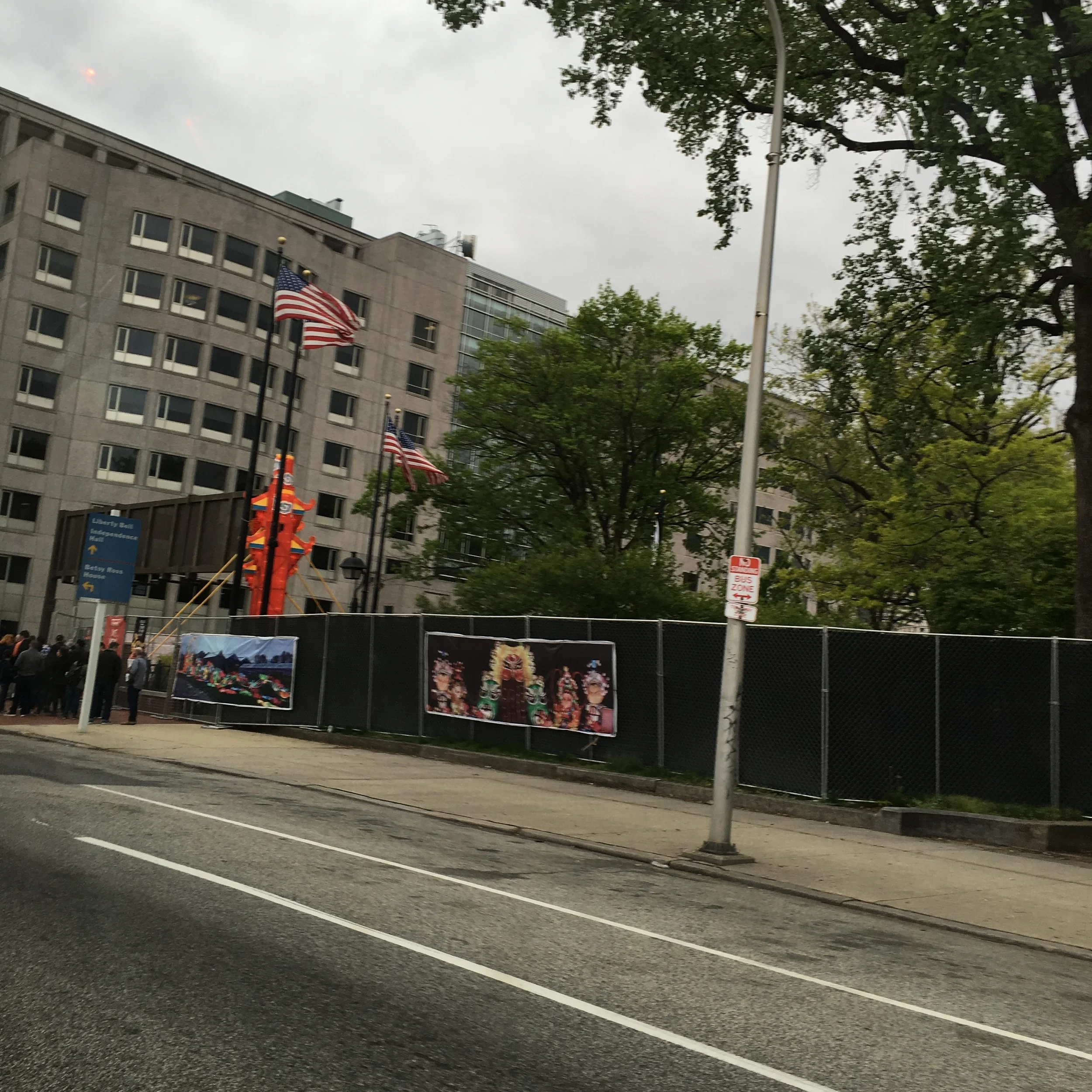Community College of Philadelphia At 50: An Insider’s Look
[Source: Wikimedia Commons]
BY KELLY McQUAIN
How do you balance providing a solid liberal arts education while playing a pivotal role in workforce development? That’s a key question for Community College of Philadelphia, which saw its 50th graduating class receive their diplomas this spring. While this year’s tally of graduates won’t be finalized until October, last year’s graduates numbered 2,103—the most in the college’s history.
The College first welcomed students in 1965 in a former Center City department store before acquiring a permanent home at the former Philadelphia Mint at 17th and Spring Garden. Each year, the 34,000-student college enrolls the most incoming freshmen in the city. Nearly 28,000 are enrolled in credit classes, and nearly 15,000 are full-time equivalent students.
As CCP looks to the future, changes are afoot. The college has a nationally recognized Reentry Support Project that has helped over 500 students with criminal records meet academic goals. It provides a growing number of study abroad opportunities, and classroom designs are currently being overhauled in a push to make the college’s facilities world class. To attract new foreign students, CCP hopes to build student housing and retail space on a parking lot they own at 15th and Hamilton Streets. It would be the college’s first residence for students.
In April 2015, the college began offering free tuition to select freshmen. The program — which the college estimated 440 students qualifying for the first year — helps those who are highly motivated to bridge the gap between what grants cover and what students pay out of pocket. (At CCP, tuition and fees run about $5,550 a year. Students usually owe an additional $500 after financial aid.) The offer comes with several restrictions: testing at the college level, maintaining a 2.5 GPA, participating in extracurricular activities, and enrolling full-time. Nationwide, however, 60% of community college students attend part-time. Clearly these requirements are ones not every student can meet—especially those at the most risk.
The CCP student body is 62% female and has a median age of 25, so childcare is an issue for many. So is college readiness in a city plagued by dysfunctional high schools. I’ve taught at CCP since 1991, and I’ve seen how young people, like my student Rachel, can have their eyes opened wide through a college trip to Japan. More often, however, I hear how a student misses a critical exam because she couldn’t afford bus fare or because her babysitter didn’t show.
Open-enrollment institutions face perpetual dilemmas: Do they focus on remediation to fix the skill gap between high school and college? Do they focus resources on improving graduation and transfer rates? Or do they funnel students into training programs to land jobs as quickly as possible?
This past year, CCP created a new position: Vice President for Workforce and Economic Innovation. It’s hired more advisers and is increasing its workforce training. Certainly these efforts are vital to the city's economic development and to students’ personal success. Yet professors like me worry that the open door may be narrowing; we also hope that the teaching of lifelong critical thinking skills won’t get overlooked in the push to create trained workers.
At an April 2016 visit to CCP’s campus, Vice President Joe Biden called community colleges “America’s best-kept secret.” And it’s true: 7.7 million students attend over 1,100 community colleges across the country—that’s 42% of all undergraduates. Biden was in Philly to stoke interest in the America’s Promise Program. It’s a combined partnership between the Department of Labor, potential employers, and community colleges. The program would channel $100 million toward tuition-free education for unemployed and low-income workers looking to enter highly-skilled fields. The program is not without its critics, though. America’s Promise is funded by awarding visas to skilled foreign nationals, and there’s a fear that these workers might take potential jobs away from the very students the program aims to help, despite a stipulation that qualified Americans will get first dibs.
From nurses to dental hygienists, from IT workers to English graduates, the people I encounter tell me time and again how the start they received at CCP was more personalized and often more rigorous than classes they took elsewhere. The college’s impact on the city is indelible. Yet a recent study by the Pew Foundation stated that graduation rates could be even better. As Community College of Philadelphia looks ahead to maximize outcomes, it will need help overcoming such obstacles as a lack of funding, a city with one of the highest poverty rates in the country, and a struggling public school system. CCP is making strides, but it can’t do it alone. America’s Promise needs to begin even earlier.
Kelly McQuain is the author of Velvet Rodeo, winner of the Bloom Poetry Prize. He’s been a Lambda Literary Fellow and a Sewanee Scholar. His poetry, prose and comix have appeared in Painted Bride Quarterly, Assaracus, Redivider, Kestrel, Eleven Eleven, The Philadelphia Inquirer, Philadelphia Stories, Cleaver, and The Pinch as well as in numerous anthologies. He has held Pennsylvania Council in the Arts Fellowships in Fiction and Nonfiction. His series of poetry portraits debuts this spring in Fjords Review. He works as an Associate Professor at Community College of Philadelphia but is not an official college spokesperson. Visit him at: www.KellyMcQuain.wordpress.com




